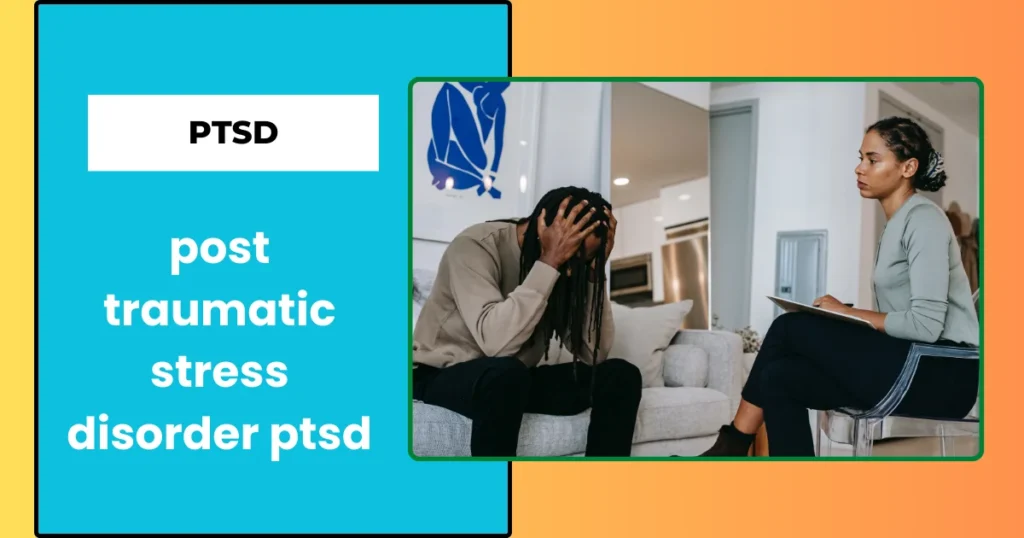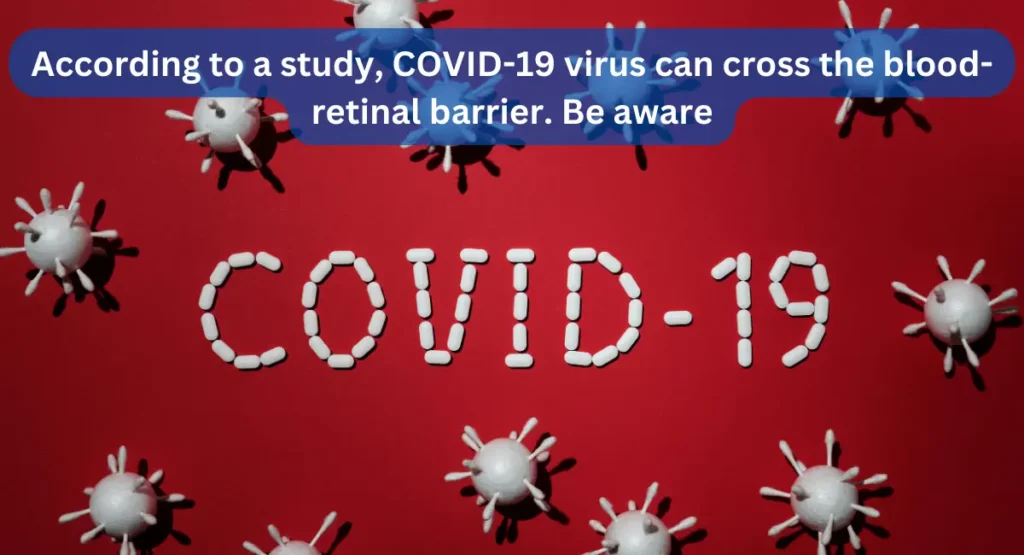A global outbreak of mpox happened in 2024, showing how important it is to be aware and take steps to prevent it. As more cases appear, it’s key to know the risks, signs, and how to stay safe and protect yourself from Mpox.
Table of Contents
ToggleKey Takeaways
- Mpox can spread through close, skin-to-skin contact with infected individuals or contaminated materials.
- Avoid touching the rash, scabs, or body fluids of someone with mpox.
- Steer clear of animals that can carry the mpox virus, such as rodents and primates, in endemic regions.
- Seek prompt medical attention if you suspect exposure or develop mpox symptoms.
- Practice good hygiene, including frequent handwashing, to reduce the risk of transmission.
Understanding Mpox: What You Need to Know
As the world deals with the mpox outbreak, it’s key to know the differences and similarities with chickenpox and smallpox. Understanding mpox helps us protect ourselves and our communities.
Mpox vs. Chickenpox: The Differences
Mpox and chickenpox both cause skin rashes but are caused by different viruses. Mpox is an orthopoxvirus, while chickenpox is a herpes virus. Chickenpox spreads more easily and is more contagious than mpox. People with mpox often have swollen lymph nodes, unlike chickenpox.
Chickenpox rashes come in waves, but mpox sores appear all at once. Chickenpox usually clears up in two weeks, but mpox recovery takes two to four weeks.
Mpox vs. Smallpox: The Similarities and Differences
Mpox and smallpox share symptoms and how they spread. Both cause fever, headache, muscle aches, fatigue, and a rash. But, mpox is less deadly than smallpox, with a survival rate over 99.9% in the current outbreak.
Mpox is not as contagious as smallpox, which spreads through the air. You usually get mpox from close, direct contact with someone who is infected or touching something they touched.
“Mpox is not usually life-threatening, but certain groups like those with weak immune systems and pregnant women are at higher risk of severe illness.”
How to Protect Yourself from Mpox
Staying safe from the mpox virus means taking steps ahead of time. If you’ve been close to someone or an animal with mpox, you’re more likely to get the virus. Getting vaccinated if you were exposed or at high risk can protect you and others.
To shield yourself, get vaccinated if you’re in a high-risk group. Also, avoid direct contact with infected individuals and wash your hands frequently with soap and water. Using a face mask in crowded places can also lower the virus spread.
Early signs of mpox include fever, chills, and body aches, followed by a rash a few days later. If you notice these symptoms, seek medical attention promptly. Quick diagnosis and treatment can manage the illness and prevent serious issues.
“The best way to protect yourself is to get vaccinated if you’re at high risk, avoid contact with people who are infected, wash your hands frequently and wear a face mask in crowded, indoor spaces.”
By acting early, you can greatly lower your chance of getting the mpox virus and stop its spread in your area. Staying informed and careful is crucial for protecting your health and your loved ones.
- Get vaccinated if you are in a high-risk group
- Avoid close, personal contact with infected individuals
- Wash your hands frequently with soap and water
- Wear a face mask in crowded, indoor settings
- Seek medical attention if you develop mpox symptoms
By doing these things, you can greatly lower your risk of getting the mpox virus and help keep your community safe.
Also Read .
Climate Crisis Spreads Deadly Mosquito Viruses in US.
The Rise Of Parvovirus|| Spreading Rapidly In The United States
Prevention Strategies and Vaccination
The mpox outbreak has made prevention strategies and vaccination key in fighting this viral disease. The Jynneos vaccine, approved by the FDA, is a vital tool for protecting those at high risk.
Vaccines for Mpox
The Jynneos vaccine helps prevent mpox in adults 18 and older who are at high risk. It’s a two-dose vaccine, with the second dose given 28 days after the first. It’s important to follow vaccination advice from healthcare providers for the best protection.
Other ways to lower mpox risk include avoiding close contact with those showing symptoms, practicing good hygiene, and using protective gear when needed. Using condoms can also help, though they’re not a guarantee against infection.
As the outbreak goes on, staying updated and working with healthcare providers is key. By using a mix of prevention methods, we can all help stop the spread of mpox and keep our communities safe.
“Vaccination is a crucial tool in the fight against mpox, and it is essential that individuals at high risk follow the recommended vaccination schedule to ensure proper protection.”
Conclusion
The recent mpox outbreak has brought up important concerns and questions. While mpox isn’t as contagious as some viruses, it’s still key to protect yourself and others. By knowing the differences between mpox and other illnesses, taking steps to prevent it, and getting vaccinated if advised, you can lower your risk.
Keep up with the latest news, maintain good hygiene, and get medical help if you notice any symptoms linked to the mpox outbreak. With everyone’s help and carefulness, we can fight the spread of this virus. This will help keep our communities healthy and safe.
Most people with mpox get better in 2 to 4 weeks without needing special medicine. But, some people might need treatment if they have a weak immune system, skin issues, or are pregnant. Over-the-counter medicines like ibuprofen and acetaminophen can ease mpox symptoms.
FAQ
What are the symptoms of mpox?
Early signs of mpox include flu-like symptoms like fever, chills, and body aches. Soon, a rash starts, appearing on the hands, feet, chest, face, mouth, and genitals.
How is mpox transmitted?
Mpox spreads mainly through close skin contact with someone who has a rash. It can also spread through touching contaminated items or breathing in droplets from an infected person.
How can I protect myself from mpox?
To avoid mpox, stay away from people with similar rashes, wash your hands often, and use a mask in crowded places. Vaccination is also key if you’re at high risk.
What is the difference between mpox and chickenpox?
Mpox and chickenpox both cause rashes but are caused by different viruses. Mpox is less contagious and often leads to swollen lymph nodes. The rashes differ, with chickenpox appearing in waves and mpox sores all at once.
Who is at risk for mpox?
Those at risk include people who’ve been in close contact with someone or an animal with mpox. This includes healthcare workers and those who’ve had direct skin contact with an infected person.
Is there a vaccine for mpox?
Yes, the Jynneos vaccine is approved for high-risk adults over 18. It requires two doses, spaced 28 days apart.
How is mpox treated?
Treatment for mpox focuses on relieving symptoms like pain and fever. In severe cases, antiviral drugs might be prescribed. Always seek medical advice if you show symptoms.
Source Links
- Mpox – https://www.who.int/news-room/fact-sheets/detail/mpox
- What is mpox, previously called monkeypox, how does it spread and how can it be prevented? – https://www.mayoclinic.org/diseases-conditions/infectious-diseases/expert-answers/monkeypox-faq/faq-20533608
- Mpox – https://www.who.int/news-room/questions-and-answers/item/mpox
- About Mpox | Mpox | Poxvirus – https://www.cdc.gov/poxvirus/mpox/about/index.html
- Mpox (monkeypox): Advice for the public – https://www.paho.org/en/mpox/mpox-monkeypox-advice-public


